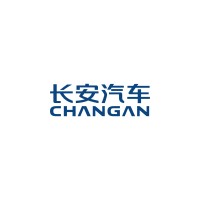
Camisasca Automotive Manufacturing, Inc.
Excellent
www.CamIncUSA.com | [email protected] Camisasca Automotive Manufacturing the world’s leading manufacturer of quality metal license plate frames and other premium automotive parts and accessories. Proudly family owned and operated, CAM Inc. is a private label, exclusive parts and accessories supplier to nearly 40 international vehicle manufacturers. In addition to our programs with automakers such as BMW AG and Subaru of America, we also supply aftermarket programs with premium promotional and corporate gift items. No matter your company's size and type, we can provide the perfect solution to your needs. Since opening in 1982 and initially offering high quality metal license plate frames, we have expanded our programs to include interior/exterior automotive badging, key chains, marque plates, tire valve stem caps, trailer hitch covers, license plate mounting brackets, and other premium quality automotive parts/accessories. All of which are designed for long term durability, and backed with our industry leading 4 year warranty. Our philosophy is to work closely with you and your team to create profitable selling products. From high volume port installation programs, to small limited runs, we can provide a unique, premium solution to your parts/accessory needs.
